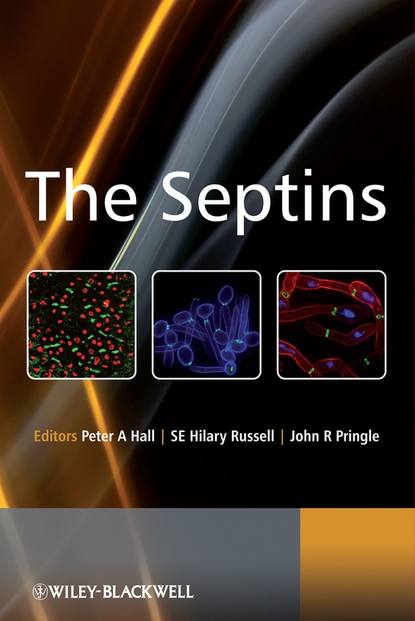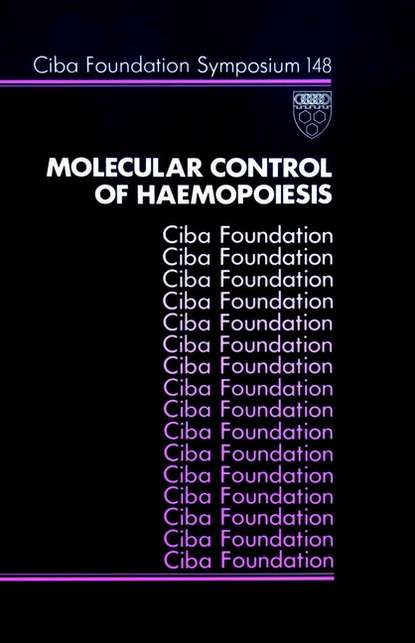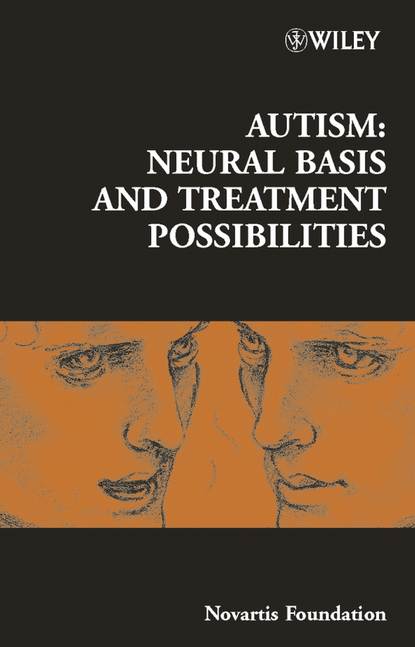Книга "The Septins" (Септины) рассматривает семейство белков, эволюционно сохраняемых в группе связывающихся с ГТФ и образующих филаменты белков, которые изначально были обнаружены в дрожжах. В настоящее время септины признаны важными в процессах ряда заболеваний, от опухолей до нейродегенеративных состояний. Книга включает в себя исторический обзор развития этой области исследований, начиная от исследования мутантов клеточного деления Нобелевским лауреатом Ли Хартвеллом, затем рассматривается биохимия и функции септинов в дрожжах, модельных организмах, таких как C. elegans и Drosophila, и в млекопитающих, в том числе их связь с нормальными и аномальными клеточными состояниями. Кроме того, книга содержит несколько приложений, которые могут быть полезны для начинающих исследователей в этой области, включая номенклатуру и последовательности септинов и септиноподобных белков. Эта книга является важным источником справочной информации для исследователей в области биологии септинов, клеточной биологии, генетики и медицины, включая такие области, как невробиология, онкология, инфекционные заболевания и развитие организма.
Авторы представляют большинство ключевых фигур и исследований в этой области и для любого студента в области эукариотической клеточной структуры и функций. Это важная и замечательная ссылка.
Электронная Книга «The Septins» написана автором Peter A. Hall в году.
Минимальный возраст читателя: 0
Язык: Английский
ISBN: 9780470779699
Описание книги от Peter A. Hall
The authors represent most of the key figures and the work and the book as a whole is an essential reference for the newcomer or specialist in this area and for any student of eukaryotic cell structure and function. This is an important and wonderful reference. –Microbiology Today, May 2009 Septins are an evolutionarily conserved group of GTP-binding and filament-forming proteins that were originally discovered in yeast. Once the preserve of a small band of yeast biologists, the field has grown rapidly in the past few years and now encompasses the whole of animal and fungal biology. Furthermore, septins are nowadays recognized to be involved in a variety of disease processes from neoplasia to neurodegenerative conditions. This book comprehensively examines the septin gene family and their proteins, providing those new to this research area with a detailed and wide ranging introduction to septin biology. It starts with a unique historical perspective on the development of the field, from its beginnings in the screen for cell division mutants by the Nobel Laureate Lee Hartwell. The evolution of the septin gene family then forms a basis for consideration of the biochemistry and functions of septins in yeast and other model organisms including C. elegans and Drosophila. A major part of the book considers the diversity of septins in mammals, their functions and properties as well as their involvement in normal and abnormal cellular states, followed by a speculative overview from the editors of the key questions in septin research and of where the field may be headed. In addition, several appendices summarise important information for those in, or just entering, the field, e.g. nomenclature and septin and septin-like sequences. This book is an essential source of reference material for researchers in septin biology, cell biology, genetics and medicine, in particular pathology, including areas of neurobiology, oncology, infectious disease and developmental biology.



















